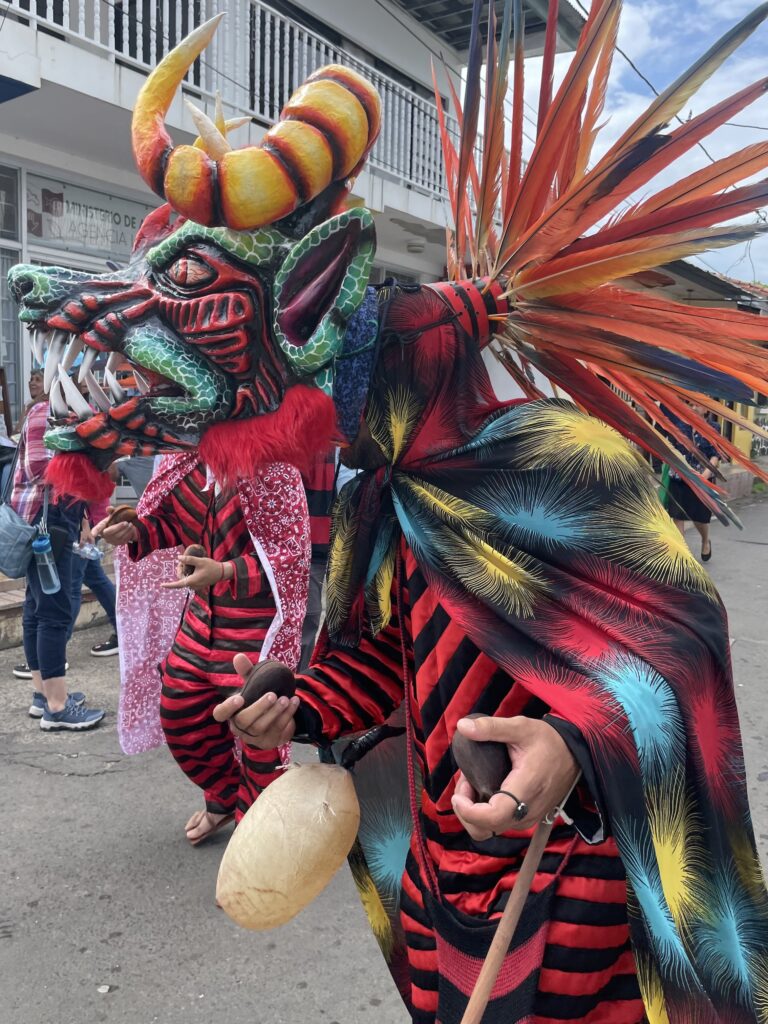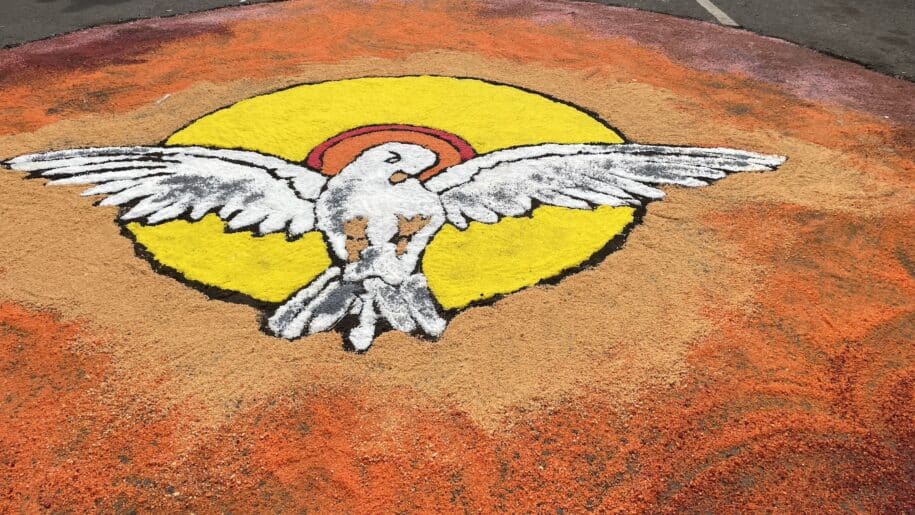Corpus Christi is one of the most beautiful celebrations to see in Azuero. This religious and cultural event takes place in two locations: Parita in the province of Herrera and La Villa de los Santos in the province of Los Santos. This event is on our list of the best Festivities in Azuero.

This event is still done mostly for the people of the area, although it has great tourism potential locally and internationally. The importance of this event is so great that the dances and expressions associated with the Corpus Christi festival in Panama were included in the UNESCO list of Intangible Cultural Heritage of Humanity in 2021.
Those who want to live the experience of Corpus Christi in Panama can stay in a hotel in Pedasi, hotel in Chitre, hotel in Las Tablas or a hotel in Santiago to be neart the celebrations. para estar relativamente cerca de las celebraciones
Booking.comHistory of Corpus Christi
Originating from Latin, Corpus Christi means the body of Christ. This celebration dates back to 1246, when a pious woman named Juliana of Mont-Cornillon decided to celebrate the body and blood of Christ in her town of Liège, Belgium. Pope Urban IV proclaimed Corpus Christi as a liturgical feast on September 8, 1264.
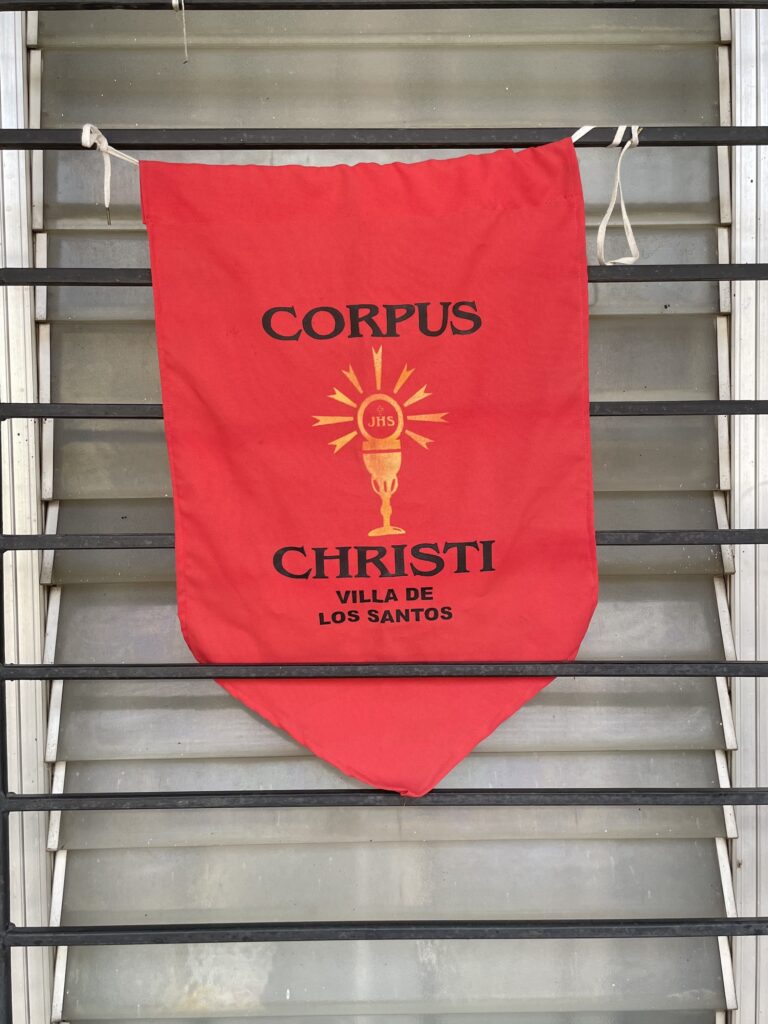
Being a religious holiday, this celebration takes place sixty days after Easter Sunday. It is important to check the specific date each year, as the dates of Holy Week vary. Its objective is to maintain the institution of the Eucharist, which is celebrated on the Sunday after Pentecost.
Panama is not the only country that celebrates Corpus Christi. This celebration takes place in Latin American countries such as Argentina, Brazil, Bolivia, Costa Rica, Colombia, Ecuador, Guatemala, Honduras and Peru. Apart from European countries such as Spain, Germany, Austria, Italy, Portugal, Switzerland and others.

Activities at Corpus Christi in Panama
This festival begins the Sunday before the day of Corpus Christi. In Panama this marks the departure of the dirty devils. The bells of the San Atanasio Church in La Villa De los Santos echo while the whistle and the box are played, notifying the start of the dance through the Simon Bolivar park. The devils continue their dance in the Parish House, passing through the streets of this town until they reach the Rufina Alfaro Park.
On the Wednesday before Corpus Christi Day, the Great Devil Dance is celebrated around 11:30 a.m. People run away from this character. At noon, the greater devil enters the San Athanasio Church dancing to the rhythm of the musicians. They play with the sun to recreate geometric figures in search of the Caracolito Devil and the Captain Devil. Then they go to the gazebo of Simon Bolivar Park to organize their plan, before continuing along the avenues of De la Villa de Los Santos.
Another activity that is worth seeing, for early risers, is the search for the little bull that takes place on the grounds of the Rufina Alfaro Park. This happens on Thursday at 3:30 a.m. Some people go on foot and others on horseback looking for the brave bull. They are accompanied by the cheerful tune of the drum while they dance. In the end they go to the celebration house to eat breakfast.
Some people stay up all night to make carpets that were traditionally made of flowers, but now are made of sand, to receive the visit of the saint and the traditional dances in this procession. Delegations from other countries come to make rugs.
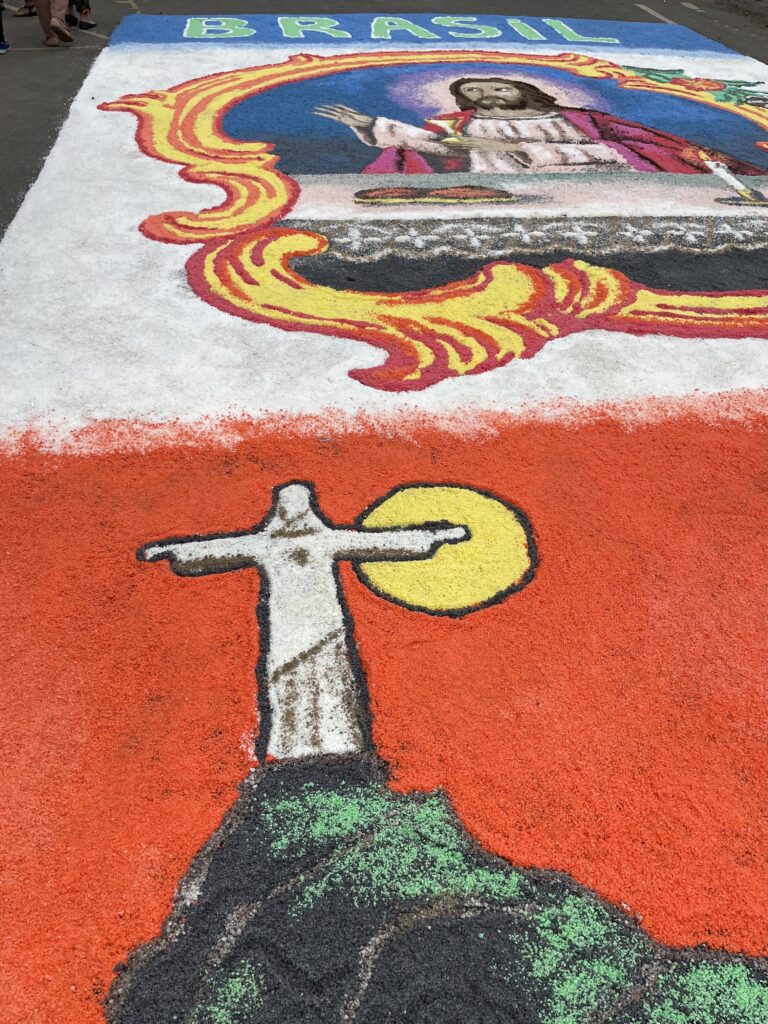

Mass begins at 10 a.m. with the monsignor. In the dance the archangel Gabriel fights the devil and then the devils enter the church.

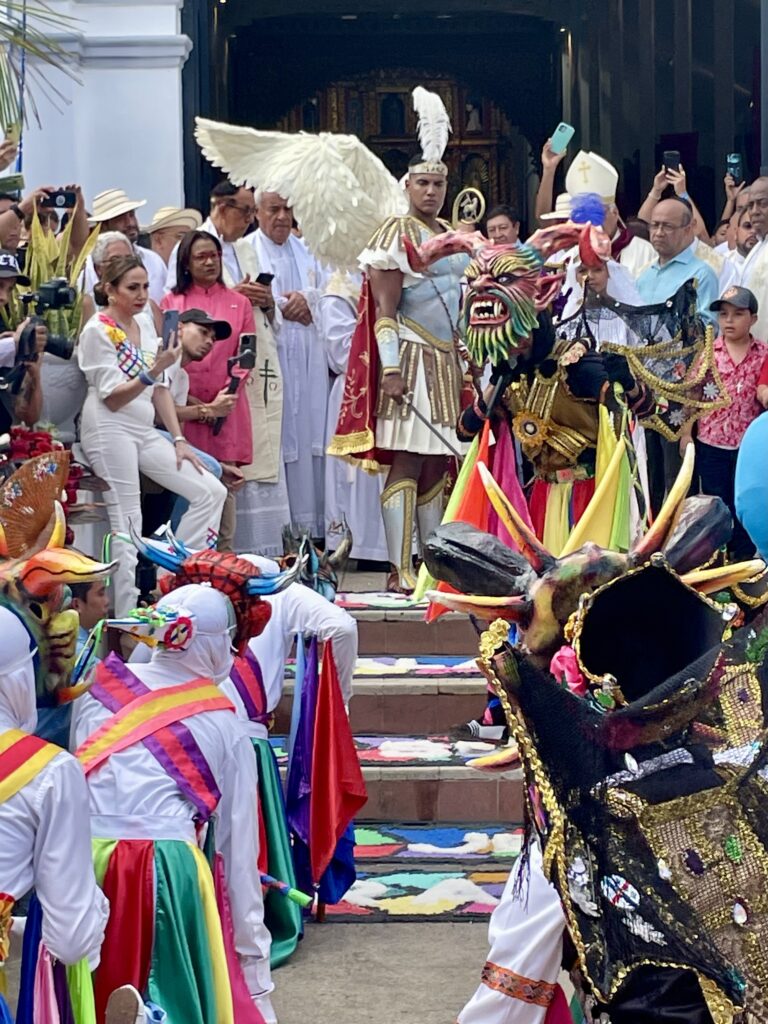
The day of the octave is eight days after Corpus Christi Thursday with dances in different places. The image of the sacred heart of Jesus is venerated in the streets of La Villa De los Santos the day after celebrating the traditional novenas.
The dances of the devils are divided into the dirty devils and the clean devils. This dance is a representation between good and evil. Dirty devils wear black and red striped clothing, while clean devils wear white suits adorned with colored scarves with bells, wings for higher-ranking devils, mirrors, crowns, canes, and two-color shoes. Both types of devils wear elaborate masks.
